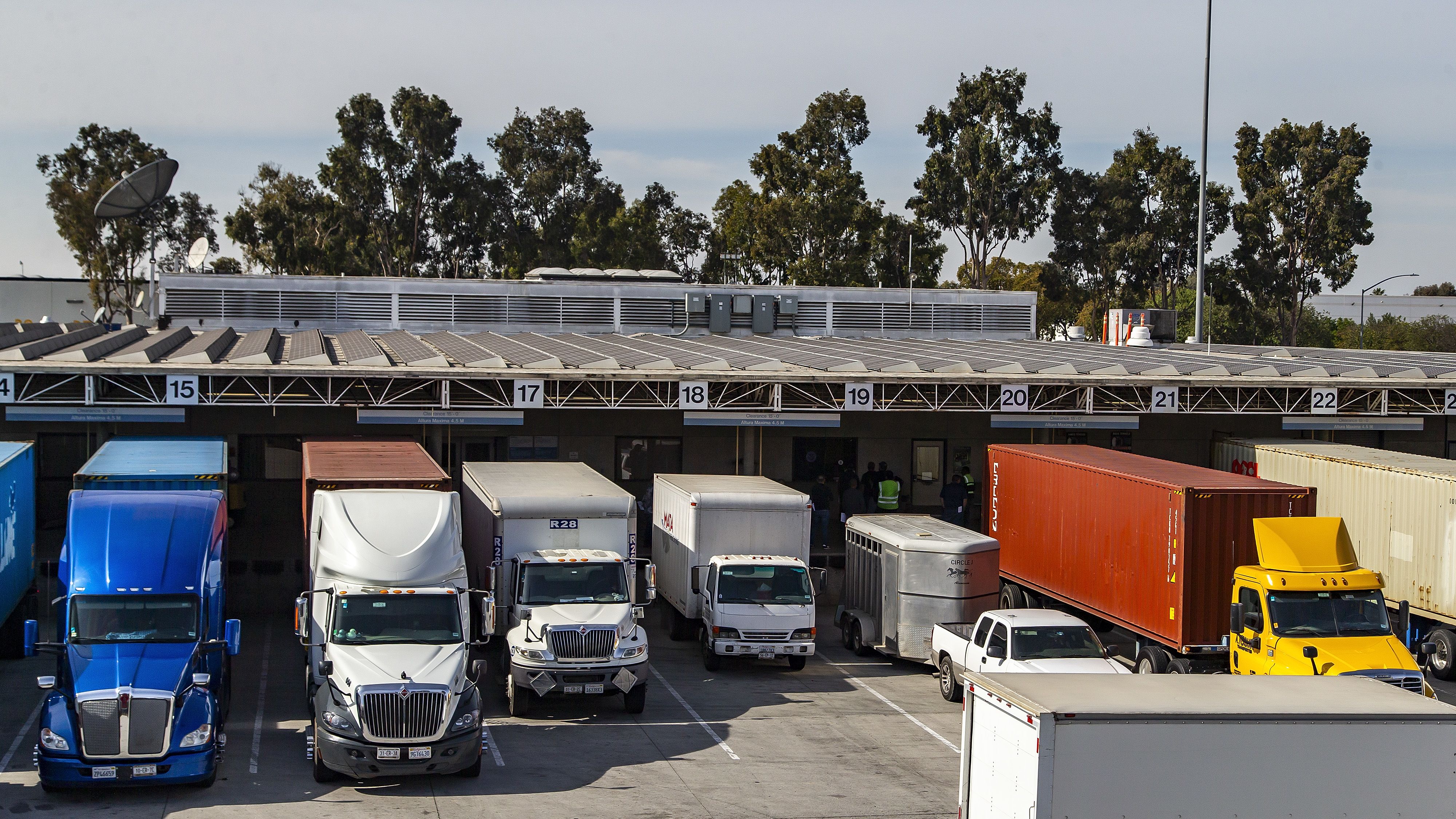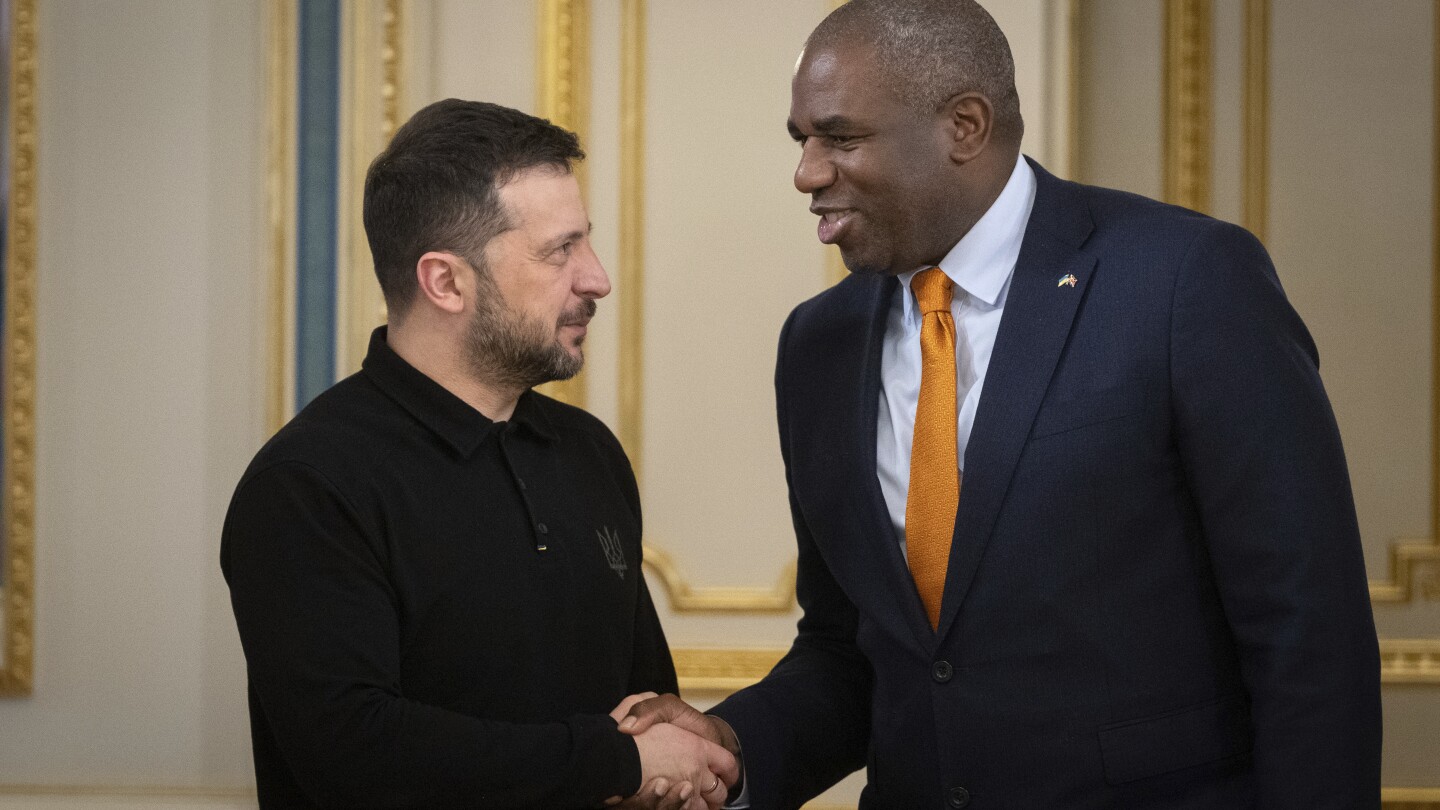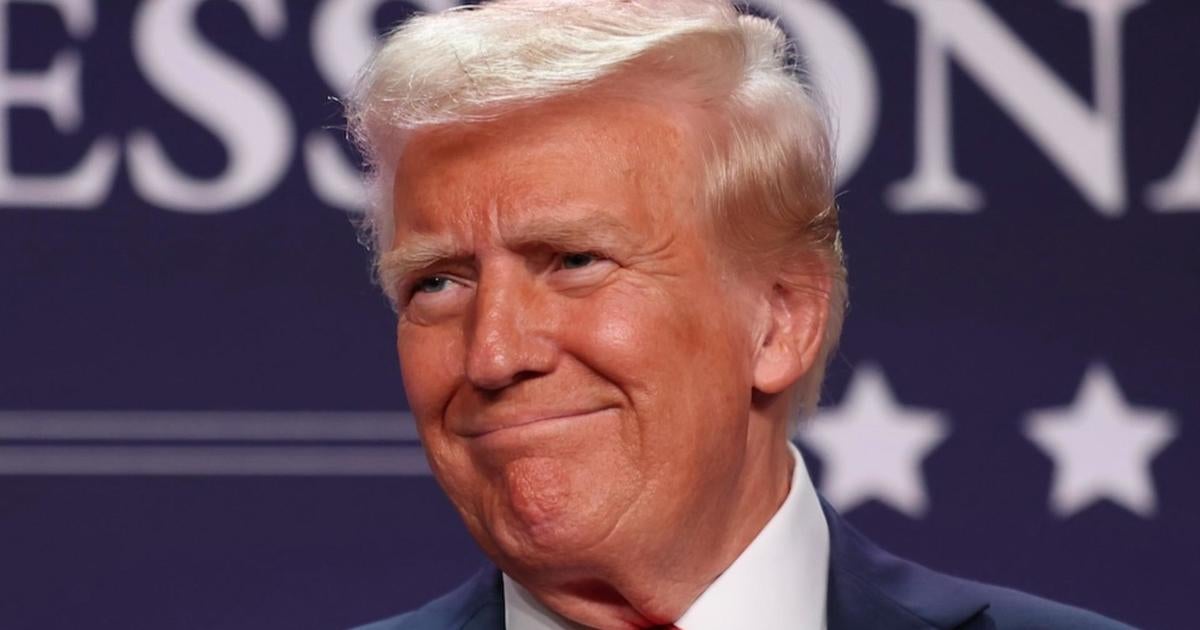Understanding Trade Tariffs: A Strategic Tool in Negotiation
Trade tariffs have become a prominent feature in the landscape of international relations and negotiations. As an industry analyst observing these trends, it’s clear that tariffs are not merely tax instruments; they serve as strategic tools in negotiations. This evolution in the use of trade tariffs showcases the complexities of international trade relations and the intricate web of economic interdependencies that shape our global landscape.
The Role of Trade Tariffs in International Negotiations
Trade tariffs are government-imposed taxes on imported goods. These tariffs can be used to protect domestic industries from foreign competition and to generate revenue for the government. However, their role extends far beyond these traditional functions. In recent years, nations have increasingly leveraged tariffs as a negotiation tactic to achieve broader diplomatic and economic objectives.
- Leverage in Negotiations: Nations use tariffs to gain leverage over trading partners. By imposing tariffs, a country can compel negotiations on a variety of issues, from trade imbalances to intellectual property rights.
- Signaling Intent: Tariffs can signal a country’s intentions and priorities in international trade. For example, the imposition of tariffs can demonstrate a commitment to protecting domestic industries and jobs.
- Retaliation and Response: Tariffs can also be employed as a retaliatory measure. When one country imposes tariffs, the affected country may retaliate, leading to a tit-for-tat scenario that can escalate tensions but may eventually lead to negotiations.
Case Studies: Tariffs in Action
To illustrate the strategic use of trade tariffs, we can examine recent examples in global trade. The trade tensions between the United States and China provide a noteworthy case study. In 2018, the U.S. imposed tariffs on a wide range of Chinese goods, citing unfair trade practices and intellectual property theft. This move was intended to pressure China into making concessions on trade practices and to protect U.S. industries.
China responded with its own tariffs on American products, particularly targeting sectors such as agriculture. This back-and-forth led to extensive negotiations, where tariffs served as both a tool of pressure and a bargaining chip. Ultimately, the negotiations culminated in the Phase One trade deal in January 2020, which showcased how tariffs can be utilized strategically to achieve diplomatic outcomes.
Implications of Tariffs on Global Trade Relations
The strategic use of trade tariffs has profound implications for global trade relations. As countries increasingly view tariffs as tools for negotiation, the landscape of international trade is likely to become more contentious. Here are several key implications:
- Increased Volatility: The use of tariffs can lead to increased volatility in global markets. Businesses may face uncertainty regarding trade costs, which can affect investment decisions and supply chain strategies.
- Impact on Consumers: Tariffs can lead to higher prices for consumers, especially if import costs rise significantly. This can diminish consumer purchasing power and affect overall economic growth.
- Shifts in Trade Alliances: Countries may seek new trade partnerships or realign existing ones in response to tariffs. This can lead to the formation of new trade blocs and alter the dynamics of global trade.
Strategic Considerations for Businesses
For businesses operating in the global marketplace, understanding the strategic implications of trade tariffs is essential. Here are some considerations for navigating this complex environment:
- Monitor Tariff Developments: Companies should closely monitor changes in tariff policies and anticipate potential impacts on their supply chains and pricing strategies.
- Diversify Supply Chains: To mitigate risks associated with tariffs, businesses may consider diversifying their supply chains across different countries and regions.
- Engage in Advocacy: Companies can engage in advocacy efforts to influence trade policy and promote favorable conditions for international trade.
The Future of Trade Tariffs in Negotiations
As we look to the future, it’s clear that trade tariffs will continue to play a significant role in international negotiations. The increasing complexity of trade relationships, coupled with rising geopolitical tensions, suggests that tariffs will remain a critical tool for countries seeking to navigate the global economy.
Furthermore, emerging global challenges, such as climate change and public health crises, may also shape the use of tariffs in negotiations. For instance, countries may use tariffs to incentivize sustainable practices or to protect domestic industries in critical sectors.
Conclusion
In conclusion, trade tariffs are evolving into a multifaceted strategic tool in international negotiations. As countries leverage tariffs to gain leverage, signal intent, and respond to challenges, the implications for global trade relations are profound. Businesses and policymakers alike must navigate this complex landscape with an understanding of the broader strategic considerations at play. The future will likely see a continued interplay of tariffs and negotiations, shaping the dynamics of international trade for years to come.
Understanding this strategic tool is not just essential for policymakers but also for businesses that must adapt to changing trade environments. The complexities of international trade relations underscore the need for agility, foresight, and strategic planning in the face of evolving global dynamics.
See more CCTV News Daily



